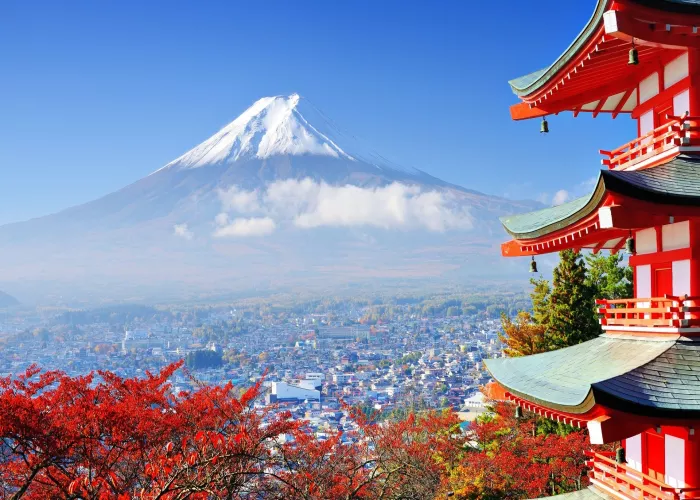Japan’s tourism sector witnessed a significant milestone in April, as the number of foreign visitors surged to an unprecedented 3.91 million, according to the latest estimates released by the Japan National Tourism Organization (JNTO) on May 21. This remarkable figure not only eclipsed the previous monthly record of 3.78 million visitors set in January but also highlighted the robust recovery and growth of Japan’s tourism industry.
The 28.5% increase compared to the same period last year underscores the strong demand and appeal of Japan as a global travel destination. This surge in foreign visitors is expected to provide a substantial boost to Japan’s economy, particularly in sectors such as hospitality, retail, and transportation. The JNTO’s data indicates a diverse influx of tourists from various regions, reflecting Japan’s widespread international allure.
Among the countries and regions contributing to this record-breaking influx, China stood out as the largest source of visitors, with 765,100 arrivals in April. This represents a substantial 43.4% increase year-on-year, highlighting the growing interest and accessibility of Japan as a travel destination for Chinese tourists. South Korea followed closely with 721,600 visitors, marking a 9.1% increase from the previous year.
Taiwan also contributed significantly, with 537,600 visitors, representing a 16.9% increase. These figures underscore the enduring popularity of Japan among East Asian travelers, driven by factors such as cultural affinity, historical ties, and the country’s reputation for safety and hospitality. The strong performance of these key markets is crucial for Japan’s tourism industry, as it seeks to sustain growth and diversify its visitor base.
The record-breaking number of foreign visitors in April is a testament to Japan’s ongoing efforts to promote itself as a premier global destination. The country’s rich cultural heritage, natural beauty, and modern attractions continue to draw tourists from around the world. The Japanese government and tourism organizations have been actively promoting initiatives to enhance the visitor experience, such as improving multilingual services, expanding transportation infrastructure, and offering a wide range of cultural and culinary experiences.
The success of these efforts is evident in the sustained growth of inbound tourism, despite global challenges such as economic uncertainty and geopolitical tensions. As Japan looks to build on this momentum, it is poised to further solidify its position as a leading destination in the global tourism market.

